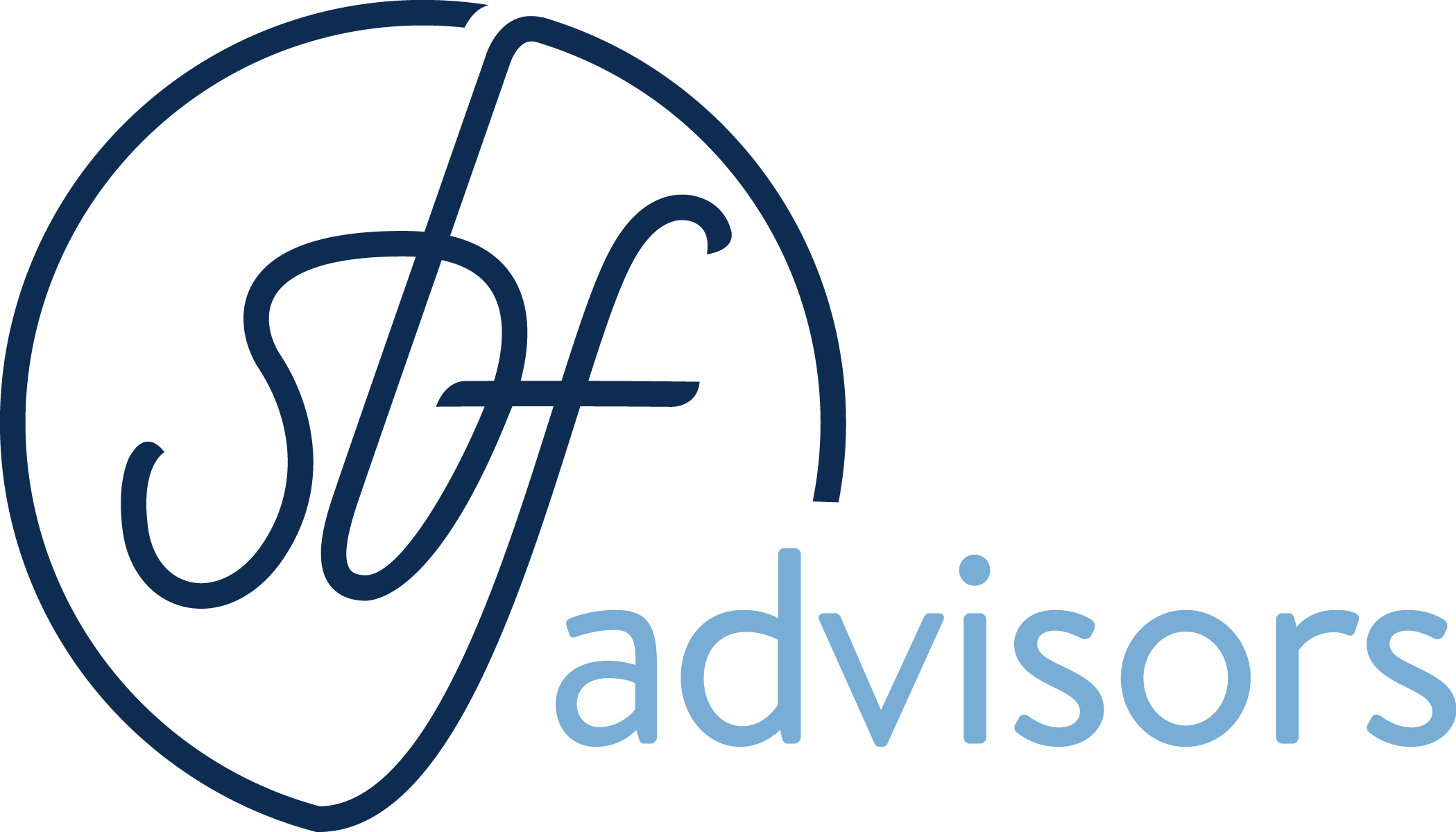PPP Loan Forgiveness Update: Simpler Form, New Rules
Applying for forgiveness for your PPP loan is now a lot easier, and there’s also other good news about your loan, tax credits, and other changes.
For several months, our firm and most other firms and banks told their clients to hold off on submitting applications for forgiveness for their PPP loans. The application was complicated, lenders weren’t quite ready for the influx of applications, and there were a host of other reasons to wait. Importantly, the Small Business Administration had indicated that it would simplify the process, especially for those who borrowed smaller amounts of money through the program.
This month, the SBA released new rules that did make the process easier. Businesses that received PPP loans but did not receive forgiveness and businesses that had excess payroll not used for forgiveness could be eligible for a tax credit.
Business owners who borrowed less than $150,000 through the PPP can now apply for forgiveness using a one-page form with straightforward questions about the amount of the loan, how much was used for payroll costs, and the coverage period. Business owners who received PPP funds of less than $150,000 during the first phase of the PPP or during the recent second wave of funding can use this simplified form.
When the CARES Act was first passed, creating the PPP, the IRS stipulated that if expenses were covered by PPP funds, those expenses were not tax-deductible. That changed with the new legislation, and even expenses paid with forgiven funds may now be tax-deductible. Similarly, when the program first started, the amount that a business owner could seek forgiveness for was reduced depending on the amount of their Economic Injury Disaster Loan, if they received one. Now, your EIDL amount will not affect the amount of PPP funds you can get forgiven. If you already applied for and received forgiveness, but this amount was reduced due to your EIDL, the SBA will automatically remit this amount back through your lender.
As part of the package of supplemental COVID-19 relief passed in December 2020, additional funds were made available for the PPP, and the SBA began accepting applications Jan. 11 for those funds. To date, the SBA has approved more than 400,000 loans in this new round of funding. In the first round, the SBA approved more than 5.2 million loans and distributed $525 billion through the program.
It’s important to note that the COVID-19 relief package passed in December 2020 not only made additional funds available through the PPP, it also expanded the types of expenses that can be covered by PPP funds to include business operations, supplier costs, safety equipment or changes, certain business operations, and property damage that was not covered by insurance.
Additionally, the new stimulus package allowed businesses that received PPP money to be eligible for the Employee Retention Credit – a tax credit for a percentage of employees’ wages. The refundable credit, however, is only paid for wages that were not funded from a forgiven PPP loan.
If you have questions about your PPP loan forgiveness or your business taxes, reach out to us at info@sbfcpa.com.

